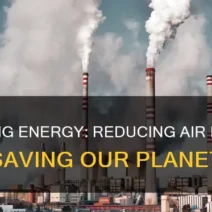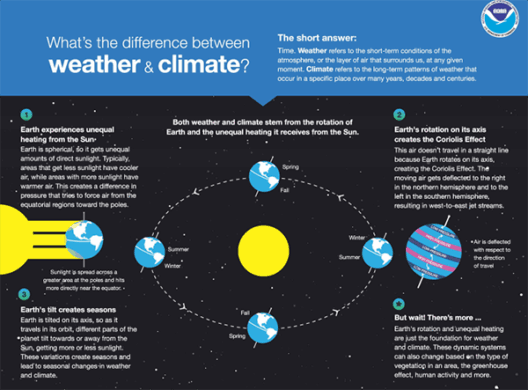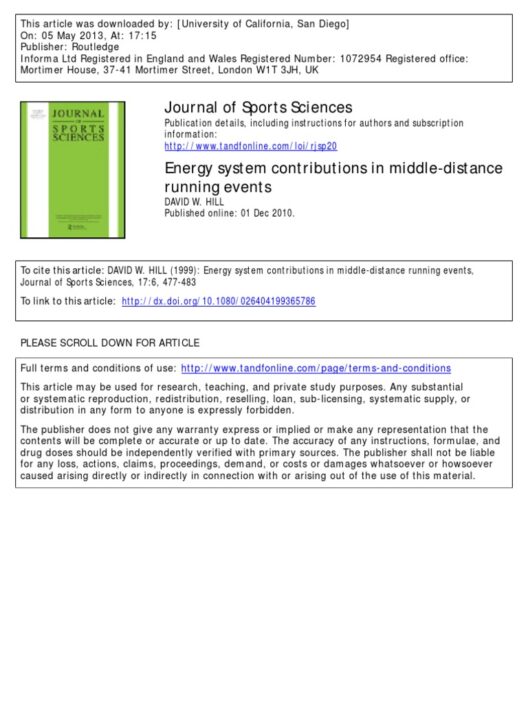As the globe warms due to anthropogenic emissions of greenhouse gases, the repercussions reverberate across ecosystems, manifesting not only in stark transformations within animal communities but also impacting human existence profoundly. This interconnected narrative underscores the undeniable entanglement of human and animal fates in the face of global warming. Through an in-depth examination, we can elucidate how the changing climate threatens biodiversity, disrupts food chains, and ultimately jeopardizes our own survival.
The Vanishing Habitat: A Shared Struggle
As temperatures escalate, habitats are shifting or disappearing entirely. Animals, particularly those dependent on specialized environments, face existential threats. Coral reefs, often dubbed “the rainforests of the sea,” are suffering from coral bleaching due to rising ocean temperatures, while vast expanses of Arctic tundra are succumbing to thawing permafrost. Both these phenomena not only imperil wildlife such as polar bears and various marine species but also impact human communities that rely on these ecosystems for food and cultural practices.
This diminishing biodiversity does not occur in isolation. The decline in animal population can lead to a cascading effect on human food sources. For instance, fisheries are severely impacted as fish species migrate northward seeking cooler waters, leaving coastal communities grappling with diminished catches. The displacement of species prompts the urgent need for adaptive strategies to sustain livelihoods reliant on these natural resources.
Shifting Ecosystems: Altered Food Chains
The transformation of habitats engenders a domino effect on food chains. As apex predators such as wolves and big cats face declining prey due to habitat loss and climate stressors, the ramifications ripple through ecosystems. Herbivore populations may swell in the absence of natural predators, leading to overgrazing and subsequent damage to plant life. This disruption can erode the very foundation of these ecosystems, an outcome that directly affects agriculture and human food security.
Furthermore, the interdependence of species extends to pollinators like bees and butterflies, whose populations are dwindling due to climate change. This decline not only threatens wild flora but also agricultural crops essential for human consumption. As such, the ramifications of changing climate patterns extend beyond ecological integrity, posing significant threats to the availability and diversity of food for humans.
Health Implications: The Human Cost
Global warming catalyzes health crises that transcend species boundaries. Rising temperatures can exacerbate the prevalence of vector-borne diseases such as malaria and dengue fever, affecting both animal and human health. The range of disease-carrying organisms may expand, bringing infections to new territories and populations. Furthermore, the frequency and intensity of extreme weather events—hurricanes, floods, and droughts—profoundly disrupt human lives and increase disease exposure while also significantly impacting wildlife.
Moreover, air pollution, intensified by rising temperatures, has detrimental effects on respiratory health, linking the plight of animals with that of humans. Poor air quality results from emissions and exacerbates conditions such as asthma, impacting both wildlife and human populations in urban areas. Thus, as we confront the health challenges posed by global warming, we must recognize that animals share this journey, their well-being intricately enmeshed with ours.
Climate Refugees: A New Era of Displacement
The concept of ‘climate refugees’ extends beyond human populations. As species seek suitable habitats in response to climate-driven changes, animals too are displaced. Iconic species such as the snow leopard and Arctic fox are forced to adjust to new geographic territories in their struggle for survival. This rising phenomenon signifies a broader ecological upheaval that humans cannot disregard.
Human communities, particularly in vulnerable regions, are already experiencing the early effects of climate displacement. Extreme weather and sea-level rise threaten coastal towns, often leading to migration and loss of societal ties. The plight of displaced animals, once a distant concern, becomes increasingly relevant as human populations undergo similar transformations.
The Call to Action: A Collective Responsibility
Addressing global warming necessitates a collective awakening toward our shared fate. While policies and systemic changes are imperative to mitigate emissions and promote sustainability, individual action plays a monumental role. Conservation initiatives must emphasize protecting habitats and preserving biodiversity, recognizing our reliance on thriving ecosystems. Education, advocacy, and community engagement can form the pillars of a movement that inspires a profound recalibration of our relationship with the natural world.
Innovative approaches in renewable energy and sustainable agriculture demonstrate actionable pathways toward combating climate impacts. As advocates, we must champion policies that not only reduce emissions but also offer financial and technical support to communities striving for resilience against climate-induced challenges. This holistic approach acknowledges that the welfare of animals is intrinsically linked to our own.
Conclusion: A Shared Narrative
The unfolding saga of global warming is one of shared adversity. Animals and humans alike are experiencing the ramifications of a changing climate. By fostering an appreciation for this interconnectedness, we can galvanize collective action and instigate meaningful change. A commitment to a sustainable future paves the way for harmony between human and animal habitats, ensuring that together, we can forge a path forward, resilient against the shared threats posed by climate change.




